Creatinine

Creatinine structure
|
Common Name | Creatinine | ||
|---|---|---|---|---|
| CAS Number | 60-27-5 | Molecular Weight | 113.118 | |
| Density | 1.5±0.1 g/cm3 | Boiling Point | 184.3±23.0 °C at 760 mmHg | |
| Molecular Formula | C4H7N3O | Melting Point | 295 °C (dec.)(lit.) | |
| MSDS | Chinese USA | Flash Point | 65.3±22.6 °C | |
Use of CreatinineCreatinine(NSC13123) is a break-down product of creatine phosphate in muscle, and is usually produced at a fairly constant rate by the body.Target: OthersCreatinine is a breakdown product of creatine phosphate in muscle, and is usually produced at a fairly constant rate by the body (depending on muscle mass). Creatine is synthesized primarily in the liver from the methylation of glycocyamine (guanidino acetate, synthesized in the kidney from the amino acids arginine and glycine) by S-adenosyl methionine. It is then transported through blood to the other organs, muscle, and brain, where, through phosphorylation, it becomes the high-energy compound phosphocreatine. During the reaction, creatine and phosphocreatine are catalyzed by creatine kinase, and a spontaneous conversion to creatinine may occur [1]. Creatinine levels in blood and urine may be used to calculate the creatinine clearance (CrCl), which reflects the glomerular filtration rate (GFR), an important clinical index of renal function [2]. |
| Name | creatinine |
|---|---|
| Synonym | More Synonyms |
| Description | Creatinine(NSC13123) is a break-down product of creatine phosphate in muscle, and is usually produced at a fairly constant rate by the body.Target: OthersCreatinine is a breakdown product of creatine phosphate in muscle, and is usually produced at a fairly constant rate by the body (depending on muscle mass). Creatine is synthesized primarily in the liver from the methylation of glycocyamine (guanidino acetate, synthesized in the kidney from the amino acids arginine and glycine) by S-adenosyl methionine. It is then transported through blood to the other organs, muscle, and brain, where, through phosphorylation, it becomes the high-energy compound phosphocreatine. During the reaction, creatine and phosphocreatine are catalyzed by creatine kinase, and a spontaneous conversion to creatinine may occur [1]. Creatinine levels in blood and urine may be used to calculate the creatinine clearance (CrCl), which reflects the glomerular filtration rate (GFR), an important clinical index of renal function [2]. |
|---|---|
| Related Catalog | |
| Target |
Human Endogenous Metabolite |
| References |
| Density | 1.5±0.1 g/cm3 |
|---|---|
| Boiling Point | 184.3±23.0 °C at 760 mmHg |
| Melting Point | 295 °C (dec.)(lit.) |
| Molecular Formula | C4H7N3O |
| Molecular Weight | 113.118 |
| Flash Point | 65.3±22.6 °C |
| Exact Mass | 113.058914 |
| PSA | 58.69000 |
| LogP | -1.68 |
| Vapour Pressure | 0.2±0.8 mmHg at 25°C |
| Index of Refraction | 1.651 |
| Storage condition | 2-8°C |
| Stability | Stable. Incompatible with strong oxidizing agents. |
| Water Solubility | SOLUBLE |
| Personal Protective Equipment | Eyeshields;Gloves;type N95 (US);type P1 (EN143) respirator filter |
|---|---|
| Hazard Codes | Xi: Irritant; |
| Risk Phrases | R34 |
| Safety Phrases | S26-S36/37/39-S45-S24/25 |
| RIDADR | UN 1789 8/PG 3 |
| WGK Germany | 3 |
| HS Code | 2933290090 |
| Precursor 10 | |
|---|---|
| DownStream 10 | |
| HS Code | 2933290090 |
|---|---|
| Summary | 2933290090. other compounds containing an unfused imidazole ring (whether or not hydrogenated) in the structure. VAT:17.0%. Tax rebate rate:13.0%. . MFN tariff:6.5%. General tariff:20.0% |
|
Polycystin-1 maturation requires polycystin-2 in a dose-dependent manner.
J. Clin. Invest. 125(2) , 607-20, (2015) Autosomal dominant polycystic kidney disease (ADPKD) is a common inherited nephropathy responsible for 4%-10% of end-stage renal disease cases. Mutations in the genes encoding polycystin-1 (PC1, PKD1)... |
|
|
Urinary metabolic fingerprinting of mice with diet-induced metabolic derangements by parallel dual secondary column-dual detection two-dimensional comprehensive gas chromatography.
J. Chromatogr. A. 1361 , 265-76, (2014) This study investigates the potential of a parallel dual secondary column-dual detection two-dimensional comprehensive GC platform (GC×2GC-MS/FID) for metabolic profiling and fingerprinting of mouse u... |
|
|
Aspirin inhibits expression of sFLT1 from human cytotrophoblasts induced by hypoxia, via cyclo-oxygenase 1.
Placenta 36(4) , 446-53, (2015) Elevated circulating soluble FLT1 (sFLT1) levels seen in preeclampsia may play a role in its development. Aspirin is recommended for prevention of preeclampsia. We hypothesized that aspirin may inhibi... |
| Creatinine,heated |
| Creatinine |
| 1-Methylglycocyamidine |
| 4H-Imidazol-4-one,2-amino-1,5-dihydro-1-methyl |
| 2-amino-1,5-dihydro-1-methyl-4H-imidazol-4-one |
| [3H]-Creatinine |
| 2-amino-1-methylimidazolin-4-one |
| 2-amino-3-methyl-4H-imidazol-5-one |
| 2-Amino-1-methyl-1,5-dihydroimidazol-4-one |
| 1-methyl-2-amino-1,5-dihydroimidazol-4-one |
| EINECS 200-466-7 |
| MFCD00059730 |
| 1-Methylhydantoin-2-imide |
| 2-Amino-1-methyl-1,5-dihydro-4H-imidazol-4-one |
| [14C]-Creatinine |
| 4H-Imidazol-4-one, 2-amino-1,5-dihydro-1-methyl- |
| 2-imino-1-methylimidazolidin-4-one |
| 2-Imino-N-methylhydantoin |
 CAS#:57-00-1
CAS#:57-00-1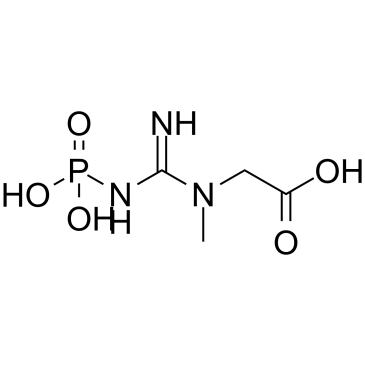 CAS#:67-07-2
CAS#:67-07-2 CAS#:4674-68-4
CAS#:4674-68-4 CAS#:79-07-2
CAS#:79-07-2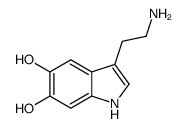 CAS#:5090-36-8
CAS#:5090-36-8 CAS#:107-97-1
CAS#:107-97-1 CAS#:124-46-9
CAS#:124-46-9 CAS#:13200-60-7
CAS#:13200-60-7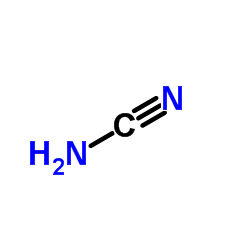 CAS#:420-04-2
CAS#:420-04-2 CAS#:113-00-8
CAS#:113-00-8 CAS#:25221-53-8
CAS#:25221-53-8 CAS#:298-12-4
CAS#:298-12-4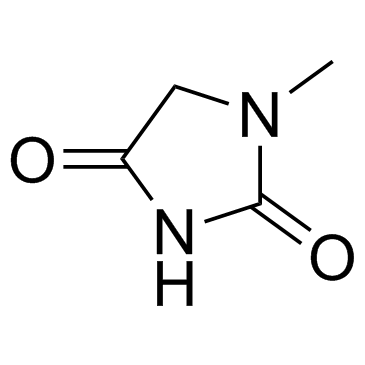 CAS#:616-04-6
CAS#:616-04-6![2-Amino-3-Methyl-3H-Imidazo[4,5-F]Quinoline structure](https://image.chemsrc.com/caspic/325/76180-96-6.png) CAS#:76180-96-6
CAS#:76180-96-6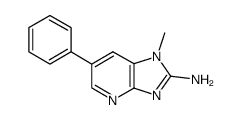 CAS#:105650-23-5
CAS#:105650-23-5![2-[methyl-(N'-methylcarbamimidoyl)amino]acetic acid structure](https://image.chemsrc.com/caspic/222/35404-58-1.png) CAS#:35404-58-1
CAS#:35404-58-1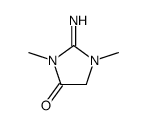 CAS#:34293-22-6
CAS#:34293-22-6 CAS#:30565-25-4
CAS#:30565-25-4 CAS#:34356-73-5
CAS#:34356-73-5
